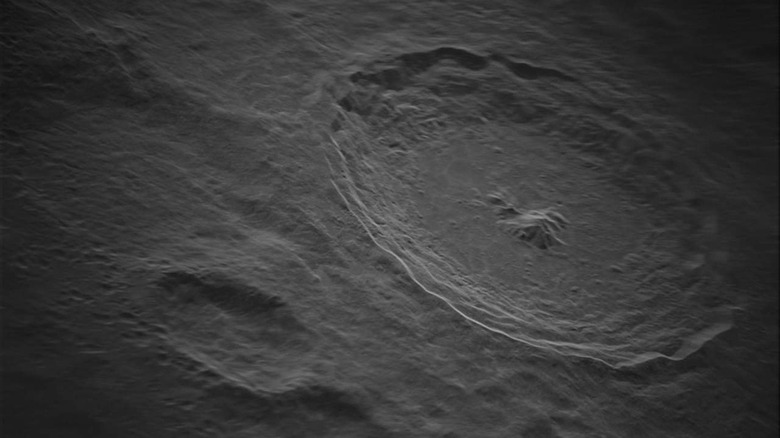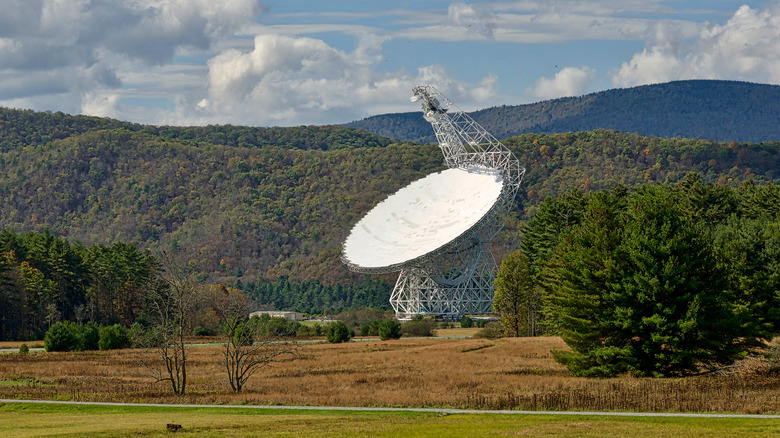Details Of The Tycho Moon Crater Revealed By New Radar Tech
A new high-resolution image of the moon focusing on the Tycho Crater has been released. The image, featuring never-before-seen details of the crater, comes courtesy of the National Science Foundation's Green Bank Observatory and the National Radio Astronomy Observatory. The Green Bank Telescope, housed in the remote town of Green Bank, West Virginia, captured the image of the Tycho Crater, which has a resolution close to five meters by five meters and is comprised of a whopping 1.4 billion pixels.
The area covered by the image covers an area 200 kilometers by 175 kilometers. That means the viewable area of the image is large enough to capture the entire crater, which measures 86 kilometers in diameter. Dr. Tony Beasley, Director of the National Radio Astronomy Observatory, says that the image is the largest synthetic aperture radar image the Observatory has produced so far with help from its partners at Raytheon.
This image was possible thanks to the Green Bank Telescope's new radar technology
The image of the Tycho Crater is the highest resolution image ever taken from the ground utilizing the Green Bank Telescope's new radar technology. GBT is the largest fully steerable radio telescope in the world and was fitted with new technology in late 2020 developed by Raytheon Intelligence & Space and the Green Bank Observatory. Using the GBT and antennas from the Very Long Baseline Array, astronomers have conducted tests focusing on the moon's surface, including observations of Tycho Prater and Apollo landing sites on the lunar surface.
The process of turning low-powered radar signals into images we can see is accomplished using Synthetic Aperture Radar. Each radar pulse transmitted by the Green Bank Telescope reflects off the target and is received and stored by the telescope. The pulses are then compared to each other and, after analysis, are transformed into an image. One of the key benefits to telescopes of this sort is that the transmitter, target, and receivers are constantly moving through space, which yields important data.
Movement causes slight differences between radar pulses that are examined and allows the competition of an image with a resolution higher than stationary observations are capable of. The technique also provides astronomers with increased resolution of distance to their target while providing data on how fast the target is moving and how the target moves across the field of view.

